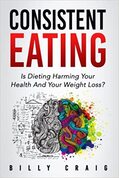

My RMR rate = 1683 cals/day
My weight = 78.1 kg
RMR/kg = 1683 / 78.1 = 21.5 cals/kg
Normal would be around 25 cals/kg so mine isn’t too bad. If someone had the same weight as me but ate drastically less and therefore had a lower metabolic rate, say 1200 cals/day, their cals/kg would reduce to 15.4 cals/kg, so they have a lower requirement for energy. Obviously the higher the better, indicating a higher metabolic rate. If we only have RMR then someone with a result of 1700 cals/day might look to have a pretty good metabolic rate but if their weight was 100 kg then their rate per kg would only be 17 cals/kg. Suddenly it’s not looking as good.
My use of the RMR would be to ignore the generally accepted activity multipliers (pp35 in Consistent Eating) that have no evidence base:
RMR x 1.2 = sedentary
RMR x 1.375 = lightly active
RMR x 1.55 = mod active
RMR x 1.75 = very active
RMR x 1.9 = extremely active
And would instead use the one from pp37 that has an evidence base.
For example, if we assumed you were sedentary (i.e. not trying to drain yourself) then 1683 x 1.2 would give you 2019 kcals using the formula that is used by sites such as myfitnesspal.com. Using the better one would give you 1683 x 1.40-1.69
Clinically one might suggest a test subject take the higher end (1.69) if you see signs of psychological stress etc. despite working in what is classically termed sedentary.
The result could be between 2356.2 and 2692.8 kcals. Someone who intended to utilise a calorie deficit would see a drastic difference in their ability to stick to it depending on whether they had judged they needed 2019 or 2692 kcals. Equally training outcomes would be very different with the variance in energy intake.


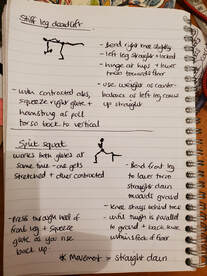








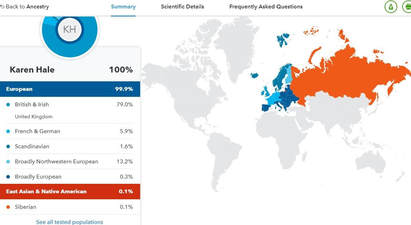

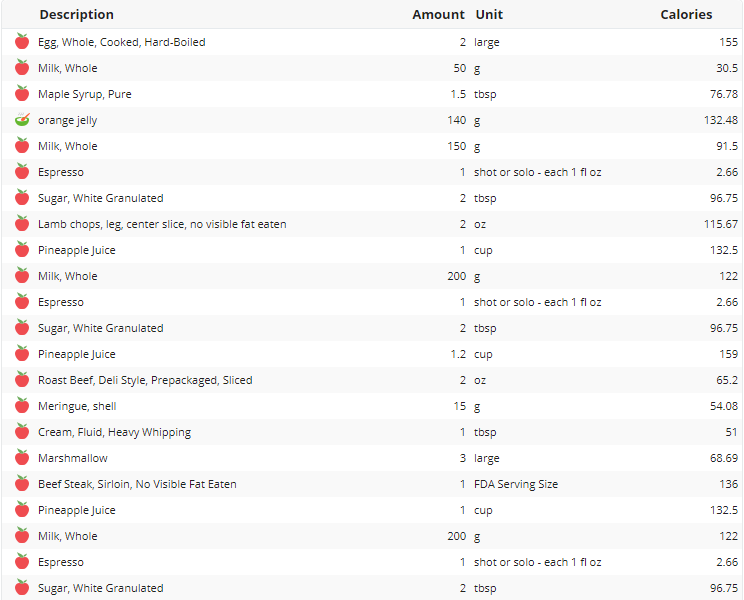

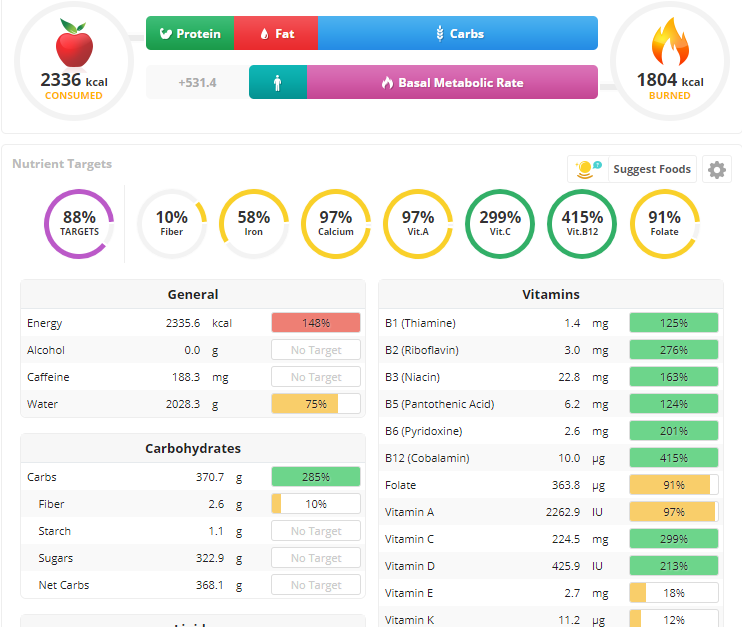
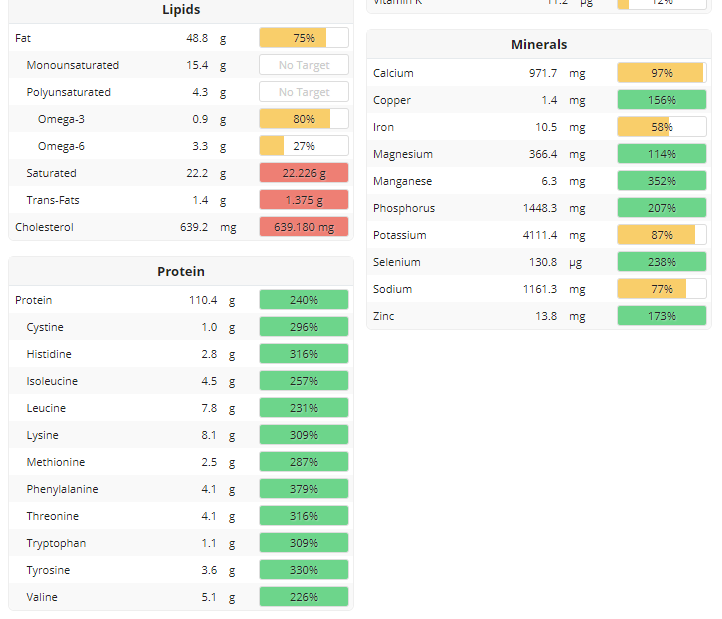
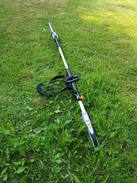









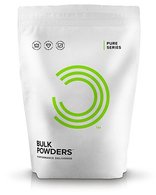

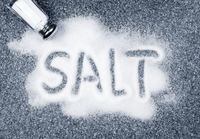
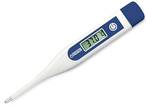
 RSS Feed
RSS Feed